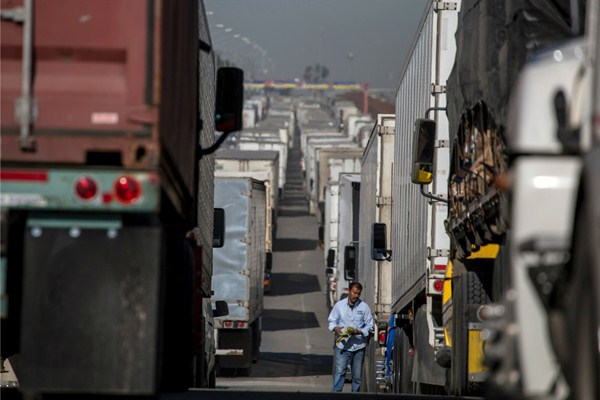As part of his ongoing tirade against immigration, President Donald Trump has threatened to shut down the southern border completely. First, he said he would take action if Mexico doesn’t stop the flow of migrants; later, his demand was Mexico ending drug trafficking. Maybe it is both, though neither is feasible.
When there was a hue and cry about the extreme disruption that would ensue from closing the border, Trump retreated, saying he would give the Mexican government a year to meet his demands before taking any action. He also downplayed that threat and raised the specter of imposing a 25 percent tariff on Mexican automobile exports instead. As usual, who knows what Trump really wants, or how far he’ll go to get it, or at what cost to Americans and the country’s close neighbors and allies. Based on the latest reporting, Trump pushed Homeland Security officials to close the border even after he had publicly announced his plans to delay any decision.
The United States has long used economic sanctions for foreign policy purposes, so in a broad sense, at least that part of Trump’s behavior is not unusual. But past presidents have generally used sanctions prudently, even in the face of intense pressure from Congress to be more aggressive. Policymakers have typically tried to minimize unintended consequences—for the U.S. economy, as well as civilians in the sanctioned country. Trade sanctions have most often targeted particular technologies or items of national security concern, such as arms embargoes, while financial sanctions often involved the reduction or suspension of economic or military aid, asset freezes or travel bans aimed at specified individuals. With respect to commercial policy, especially since the World Trade Organization was launched in 1995, policymakers have tried to ensure that trade threats were consistent with international rules and that their actual imposition was rare.

